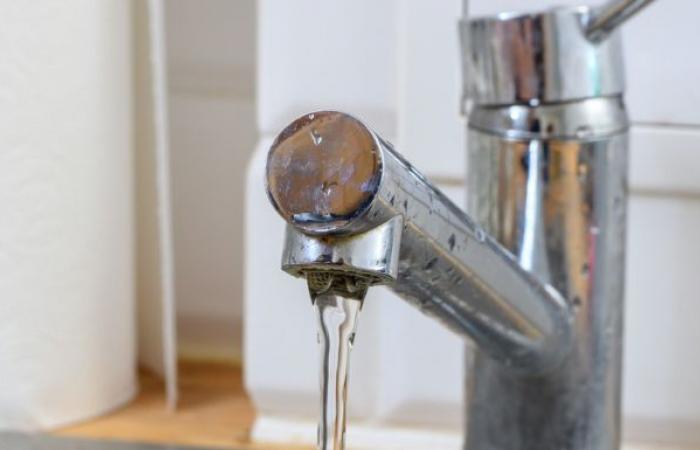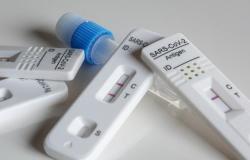
Legionellosis is an acute respiratory infection caused by bacteria of the genus Legionella.
What is Legionnaires’ disease?
These bacteria are part of the aquatic flora and are naturally found in fresh water such as rivers, lakes and thermal springs. But they become particularly dangerous in artificial water storage systems that are conducive to their proliferation. It is mainly Legionella pneumophila that occurs in humans and causes symptoms ranging from a simple flu to pneumonia.
Artificial environments that promote proliferation are:
- Domestic hot water networks, such as showers and water distribution systems.
- Cooling towers of district heating systems and nuclear power plants, as well as air conditioning systems of large buildings, where water is dispersed outside in micro-droplets.
- Swimming pools, spas and hot tubs, where the storage of hot water promotes the growth of Legionella bacteria.
- Mist makers, humidifiers, public fountains and oxygen therapy devices.
The accumulation of more or less stagnant water and temperatures ranging from 15°C to 50°C, are conditions conducive to the proliferation of Legionella bacteria. Contaminated microdroplets discharged from cooling towers of heating systems, for example, can travel 2 km and remain suspended in the air for up to 2 hours. This can represent a classic case of contamination within the same group in highly populated urban areas. Similarly, cooling towers, often installed on the roofs of buildings, can be major contamination vectors when poorly maintained.
What are the risks and symptoms of legionellosis?
There legionellosis is not contagious between people, but it can affect groups exposed to the same source of contaminated water. To limit the risks, rigorous prevention through the maintenance of facilities is essential to protect vulnerable populations. This particularly concerns people over 50 years old, smokers, those with chronic or immunocompromised diseases, children and adults with underlying respiratory problems.
Mild symptoms are similar to the flu, including fever, headache, fatigue and cough. In more severe cases, the infection can progress to a pneumonia requiring antibiotic treatment to prevent complications, including hospitalization in some cases.
Current situation of legionellosis cases in France
After a sharp increase in cases between 1996 and 2005, preventive measures were put in place by the Ministry of Health and Prevention, particularly after the 2003 epidemic in Pas-de-Calais, which caused 17 deaths. These efforts have gradually reduced the number of cases. However, in 2010, a sudden increase of 28% was recorded, with 1,540 cases diagnosed and 159 deaths. Each year, the number of cases reported in France fluctuates between 1,600 and 2,000. Most recently, in 2023, 15 cases were diagnosed in Charleville-Mézières in the space of three months. These peaks in contamination highlight the importance of a constant monitoring to limit the risks of propagation of the bacteria.
Prevention and measures to limit the risks of legionellosis
Government measures against legionellosis
To prevent Legionnaires’ disease, the French government has implemented strict regulationsparticularly for high-risk establishments such as hospitals, hotels and retirement homes. These establishments are required to maintain and regularly check their hot water and air conditioning systems to limit the proliferation of Legionella. Other measures are put in place to limit the risks associated with legionella in the sanitary water networks of residential buildings, workplaces, healthcare establishments and other establishments open to the public.
How to avoid Legionnaires’ disease at home?
As an individual, it is crucial toregularly maintain domestic installations such as water heaters, spas, air conditioners, humidifiers and water vapor misters. For swimming pools, it is strongly recommended to carry out a correct chemical treatment and to follow the instructions for use.
Treatment and care for legionellosis
Management of Legionnaires’ disease varies depending on the severity of the infection. If the symptoms are similar to flu, they may disappear within a few days without any special treatment. In the case of pneumonia, accompanied by the typical symptoms: difficulty breathing, muscle pain and headache, antibiotic treatment may be necessary.
Written by Camille V.
Sources
– Legionellosis. www.pasteur.fr. Accessed September 10, 2024.
– Prevention of legionellosis: obligations by type of installation and establishment. sante.gouv.fr. Consulted on September 10, 2024.





